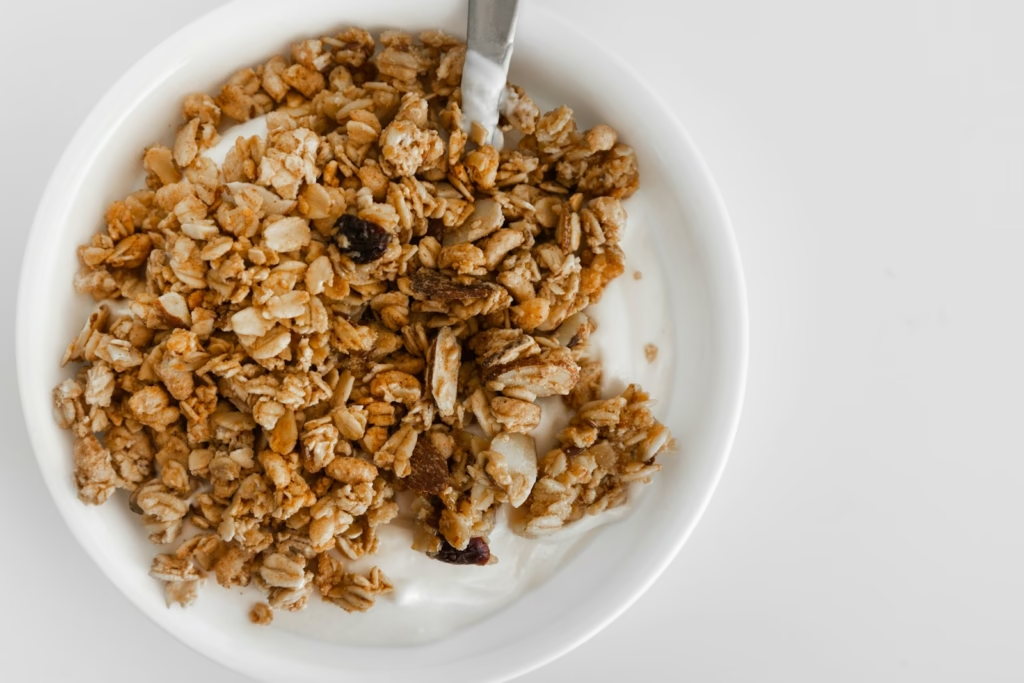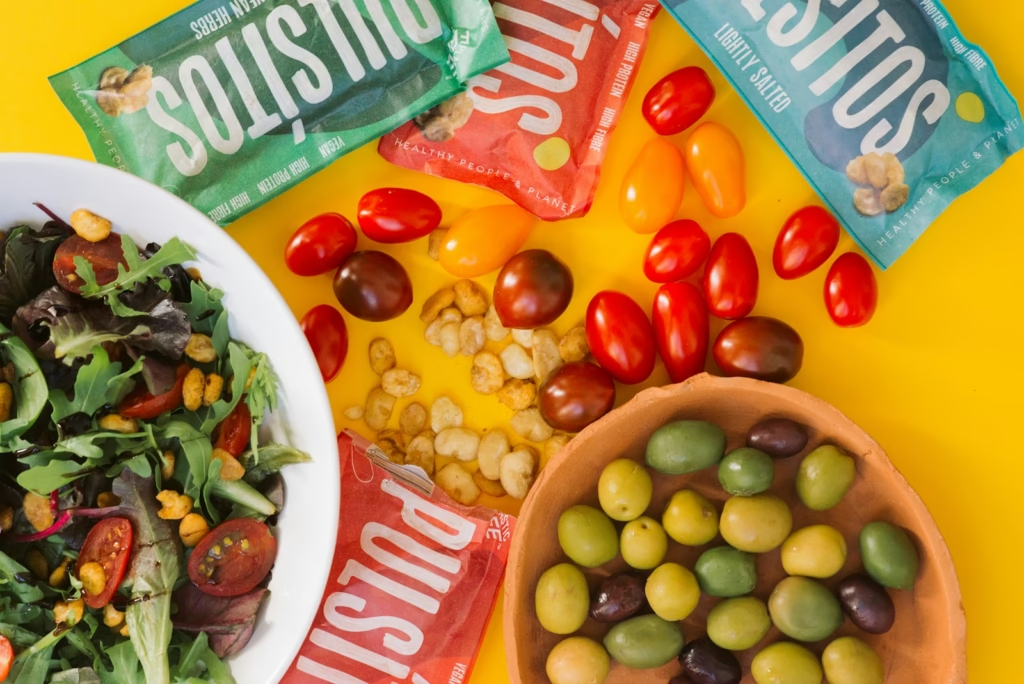Do You Know the Hidden Calories in “Healthy” Foods?: When it comes to weight management, many people rely on “healthy” foods to help them reach their goals. However, not everything labeled as healthy is truly beneficial for your weight-loss journey. Often, these foods contain hidden calories that can sabotage your efforts without you even realizing it. In this blog, we’ll uncover the common culprits, provide tips for making better choices, and show how to navigate the world of “healthy” eating more effectively.
The Reality of Hidden Calories: Do You Know the Hidden Calories in “Healthy” Foods?
First and foremost, it’s essential to understand what hidden calories are. These are the calories that may not seem obvious because they come from ingredients or portion sizes we tend to overlook. For example, a seemingly innocent smoothie may pack as many calories as a full meal, thanks to added sugars or high-calorie toppings. Similarly, salad dressings, granola, or even nut butter can contribute more calories than expected.
Moreover, just because a food item is marketed as “low-fat,” “organic,” or “gluten-free” doesn’t mean it’s low in calories. In fact, these labels can be misleading, causing people to consume more than they should.
Common “Healthy” Foods with Hidden Calories
Let’s take a closer look at some of the most common offenders:
1. Smoothies and Juices
While fruits and vegetables are nutrient-rich, many store-bought smoothies and juices contain added sugars or syrups. For instance, a medium-sized green smoothie from a juice bar can have over 300 calories, thanks to ingredients like sweetened yogurt or fruit concentrates.

Solution: Opt for homemade smoothies with whole fruits, unsweetened almond milk, and a protein source like Greek yogurt.
2. Granola and Trail Mix
Granola is often considered a health food, but it’s packed with sugar, honey, and oil, which can drive up the calorie count. Similarly, trail mixes may include chocolate chips, dried fruits with added sugar, and salted nuts, making them a calorie-dense snack.

Solution: Choose plain oats and unsweetened nuts, or make your own mix to control the ingredients.
3. Salads with Toppings
Salads are a go-to for many dieters, but calorie-rich toppings like croutons, cheese, candied nuts, and creamy dressings can make your salad just as calorie-heavy as a burger.

Solution: Stick to fresh vegetables, lean proteins, and dressings made with olive oil and vinegar.
4. Nut Butters
Nut butters are a great source of healthy fats, but they are calorie-dense, with about 90-100 calories per tablespoon. Eating it straight from the jar or spreading a generous amount can easily add up.

Solution: Measure your portions and look for unsweetened varieties to avoid added sugars.
5. “Healthy” Packaged Snacks: Do You Know the Hidden Calories in “Healthy” Foods?
Many snacks labeled as “vegan,” “protein-packed,” or “low-fat” can still contain hidden sugars, refined carbs, and preservatives. Protein bars, for example, often have the same calorie count as a candy bar.

Solution: Always check the nutritional label and prioritize whole foods over processed ones.
Tips to Avoid Hidden Calories
To stay on top of your weight management goals, consider the following strategies:
- Read Nutrition Labels: Always check the calorie count and serving size. A product may seem low-calorie until you realize the package contains multiple servings.
- Mind Your Portions: Even healthy foods like avocados, nuts, and seeds are high in calories when consumed in large amounts. Use measuring tools to keep portions in check.
- Be Cautious with Condiments: Many condiments, including ketchup, barbecue sauce, and salad dressings, are loaded with hidden sugars and fats. Look for alternatives or make your own at home.
- Focus on Whole Foods: Whole fruits, vegetables, lean proteins, and whole grains are less likely to contain hidden calories compared to processed “health” foods.
- Limit Liquid Calories: Drinks like smoothies, coffee beverages, and alcohol can quickly add up. Stick to water, herbal tea, or black coffee to stay hydrated without extra calories.
Final Thoughts
In conclusion, while “healthy” foods can support your weight management efforts, they can also lead to unintentional overconsumption if you’re not careful. By identifying and avoiding hidden calories, you can make smarter choices that align with your goals. Always remember, the key to effective weight management is balance, mindfulness, and being informed about what goes on your plate.
With this newfound knowledge, you’re better equipped to navigate the challenges of hidden calories and enjoy a healthier, more fulfilling diet.